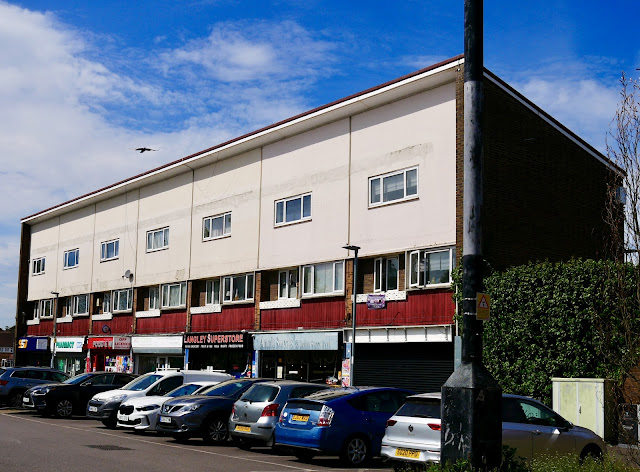Tallinn (and the ghosts of a concrete fortress)
I’m not sure what drew me to Tallinn.
There is a triptych of Estonia-Latvia-Lithuania: three countries locked together like three drawers of the same cabinet. Throughout history, this was once part of a huge Lithuanian empire stretching into the south of Europe. Vikings also swept south as far as modern day Turkey, soothing their sunburn as they sailed. But in modern times, these states have been squeezed tightly together with the external pressures of Prussia, the Soviet Union, Nazi Europe, and Russia.
When you see that Tallinn is a short ferry ride from Helsinki, and that the Finns travel over to Tallinn for the “cheap” alcohol, you see that Estonia is somewhere between Eastern Europe and Scandinavia.
I travelled through streets of yellow timber homes, beautifully weathered green. There are artisanal coffee shops and industrial areas converted into art galleries and pottery shops, but there are also market stall tables covered in rusting army knives and antique shops with very nazi and communist memorabilia (Hitler alarm clock anyone?).
 |
To the east I saw this structure on the water in the distance. A hunk of concrete that looked like a ferry port. I walked towards this concrete block (because I’m always going to walk towards a concrete block!). When I came close to the structure, I could see that it was far more than a disused ferry port. The building was the Linnahall building, built for the 1980 Soviet Olympics. The building was built as an ice rink and concert hall and was accessible until quite recently, but now, it looks like it has been abandoned since the 80s. Hastily built, the concrete is eroding off its steel skeleton and covered in graffiti tags.
The building had been towards the end of the Brezhnev era in the Soviet Union. The economy was stagnated having been too reliant on oil exports and the ten year war with Afghanistan that would lead to military appeasement to the West as well.
The Olympics in 1980 papered over the decline of power of the Soviet Union. Linnahall was meant to show the world how advanced the Soviet’s building methods had become with this concrete colossus, but unfortunately the construction was rushed and poorly managed and had soon started to deteriorate. The building is lost to the Baltic air, surfaces perfect for graffiti and with tourists remaining within its medieval centre a few miles away. Its future? Likely another whistling tower block with retail units to let.
.jpeg)
.jpeg)
.jpeg)
.jpeg)
.jpeg)






Comments
Post a Comment